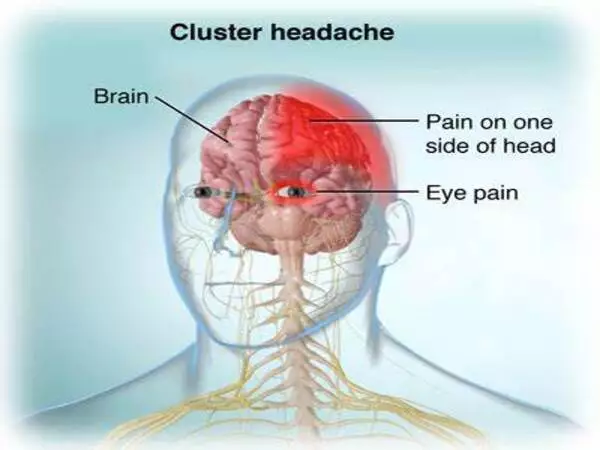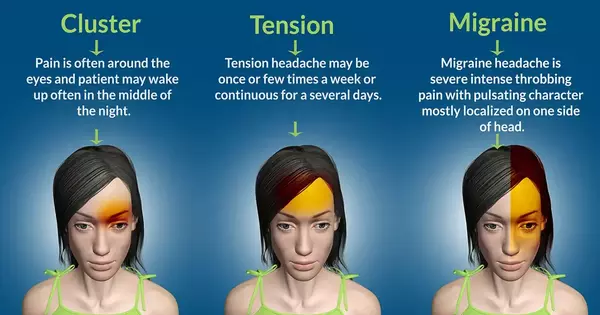Cluster headaches are a form of primary headache condition characterized by recurring, intense, and unilateral (one-sided) headache events. While men are more likely to suffer cluster headaches than women, the severity of these headaches might differ between genders.
While men are more likely to get cluster headaches than women, a recent study reveals that the illness may be more severe in women. The study was published in the online issue of Neurology®, the medical journal of the American Academy of Neurology.
Cluster headaches are brief but excruciatingly severe headaches that might occur several days or even weeks in succession. The headaches might last anywhere from 15 minutes to three hours.
“Cluster headache is still often misdiagnosed in women, perhaps because some aspects can be similar to migraine,” said study author Andrea C. Belin, PhD, of the Karolinska Institutet in Stockholm, Sweden. “It is important for physicians to be aware of how the disorder manifests differently in men and women so the most effective treatment can be given as fast as possible.”
Cluster headache is still often misdiagnosed in women, perhaps because some aspects can be similar to migraine. It is important for physicians to be aware of how the disorder manifests differently in men and women so the most effective treatment can be given as fast as possible.
Andrea C. Belin
The study included 874 participants with cluster headache, 66% of whom were men and 34% of whom were women. Participants filled out an extensive questionnaire describing their symptoms, medications, headache triggers, and lifestyle behaviors.
Women were more likely than men to be diagnosed with chronic cluster headache. Chronic cluster headache is characterized as repeated cluster headache attacks lasting one year or more without interruption, or with brief intermissions with no symptoms lasting less than three months. Chronic cluster headache was detected in 18% of women compared to 9% of men.

Women were also more vulnerable to attacks than men. For example, 8% of women had headache attacks lasting four to seven months on average, compared to 5% of men, and 26% of women reported bouts lasting less than one month, compared to 30% of men.
Women were also 74% more likely than males to say that their attacks occurred at different times throughout the day. Women were 15% to 7% more likely than men to have a family member with a history of cluster headache.
“While the ratio of men to women with cluster headache has been shifting over the years, it is still considered mainly a disorder of men, making it more difficult for women with milder symptoms to be diagnosed with cluster headache than men,” says Belin. “It’s possible this could contribute to the higher rate of chronic cluster headache in women.”
One disadvantage of the study was that the participants reported the information, thus they may not have remembered everything correctly.





